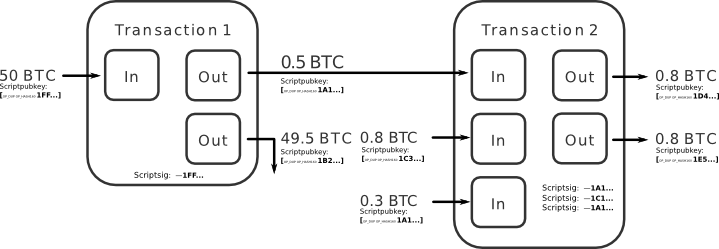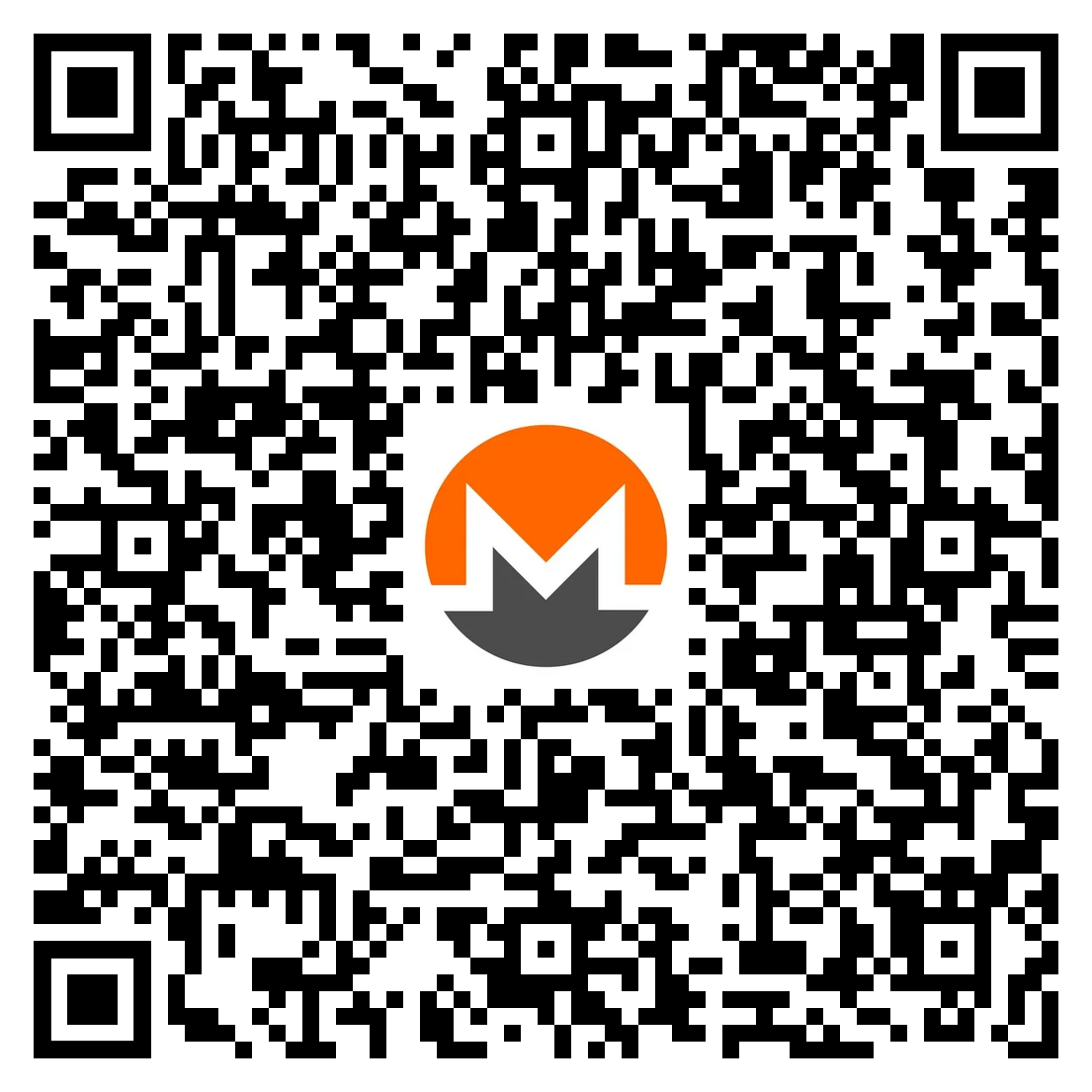The concept of mixing bitcoins dates back to at least 2010 when Bitcointalk and various online communities started discussing the need for improved privacy features. The first Bitcoin mixer, known as Bitcoin Laundry (also called BitLaundry), is believed to have been launched around this time. Bitcoin Laundry allowed users to hide their funds by sending bitcoins to the service and receiving other bitcoins forwarded from the service.
The first bitcoin mixer to make use of blind signatures was called Blindbitcoin, announced on June 2011. Blind Signatures are a cryptographic process created by David Chaum which hide the contents of a message before it is signed with a digital signature such as DSA, or ECDSA in the case of Bitcoin. The idea for mixers to use variable fees was proposed on June 2012, around the same time the first mixer hack occurred (and the second).
Ironically, that mixer started a claims page, which directed users to perform identity verification to receive their funds back. Don’t ask me how it got to that. Such a thing would be unspeakable in the present day. Even Blockchain dot com was running a mixer at the time (surprise!).
Also it should be noted that the bitcoin mixer list does not have any of these mixers listed because they appear to have been taken offline a long time ago, but by their owners at least, not any government.
The Use Of CoinJoin By Bitcoin Mixers

Over time, as the demand for privacy solutions increased, more Bitcoin mixers entered the scene. They offered different algorithms and methodologies to break the link between the sender and the receiver of bitcoins. Some mixers focused on implementing CoinJoin (a technique created by former Bitcoin Core developer Greg Maxwell), which combines multiple transactions into a single transaction, while others adopted different techniques to achieve the same goal.
To give you an idea of the theory that makes CoinJoin work, here is a description from Greg Maxwell himself.
“The signatures, one per input, inside a transaction are completely independent of each other. This means that it’s possible for Bitcoin users to agree on a set of inputs to spend, and a set of outputs to pay to, and then to individually and separately sign a transaction and later merge their signatures. The transaction is not valid and won’t be accepted by the network until all signatures are provided, and no one will sign a transaction which is not to their liking.”
Greg Maxwell
The independence of the transaction inputs from each other is what allows CoinJoin to work in the first place. Users already send bitcoin as an transaction input to a recipient. So by including the bitcoins of several users as transaction inputs, and the recipients’ addresses as transaction outputs, we have just created a CoinJoin transaction. They can even create this in a private matter by creating and sign the transaction with your inputs, then send the Partially Signed Bitcoin Transaction to the next user for signing, then to the next user, and so on.
Fragility of Early Mixers
If I told you that even back in 2012, there were bitcoin mixers that were running as scams, you wouldn’t be surprised, I hope. Especially on Bitcointalk, moderators would proactively label a service as a possible scam at that time. (Nowadays the forum is so rampant with scammers and bounty spammers that I think they gave up.) Even Tor hidden sites were in on the act.
If you opened some of the links above, you might have noticed that service operators stored the bitcoin mixer’s coins on an exchange like Mt Gox. Granted, this predated CoinJoin, and nowadays you can’t run a mixer from an exchange since there are heightened AML regulations. It’s worth noting that the bitcoin mixer list has actually become safer than it was during bitcoin’s early days.
LocalBitcoins And The Beginning Of Private Exchanges
When LocalBitcoins opened in June 2012, it was the first peer-to-peer marketplace of its kind. In a way, it was a precursor of the private exchanges as we know them today. Why is this important, you ask? Because in a private exchange, the buyer and seller directly trade cryptocurrencies with each other. Also fiat currencies could be traded, but that is beyond the scope of this website.
Way back then, people trusted each other enough to do direct trades with each other on various parts of the internet. This was before scammers overran cryptocurrency circles. When PayPal eventually banned bitcoin transactions on its platform (for nearly 10 years), people flocked there instead. LocalBitcoins is no more now, but it has left a legacy of a model exchange.
Early Blacklisting of Bitcoins By Companies
Bitcoin is a fungible currency. That means that you can give someone one bitcoin, it it will be equivalent to another person giving that person one bitcoin. So if people do not want to accept someone’s bitcoin, that damages its fungability.
In 2015, it was discovered that crypto payment processing provider Bitpay was one of many companies rejecting certain bitcoins from being sent to their service. People went as far as claiming that fungability would become a major talking point (in hindsight, they were right). The coins being declined likely came from services posted on bitcoin mixer lists across the internet, and BitPay and other companies flagged them as “possible suspicious activity on the blockchain”.
It’s very clear that the narrative, even in 2015, had gone from bitcoin mixers being used as tools to protect your safety to services used for “suspicious activity”. So it came as a surprise to nobody when media claimed that bitcoin was used to finance a terrorist attack in Paris. This claim was never verified.

